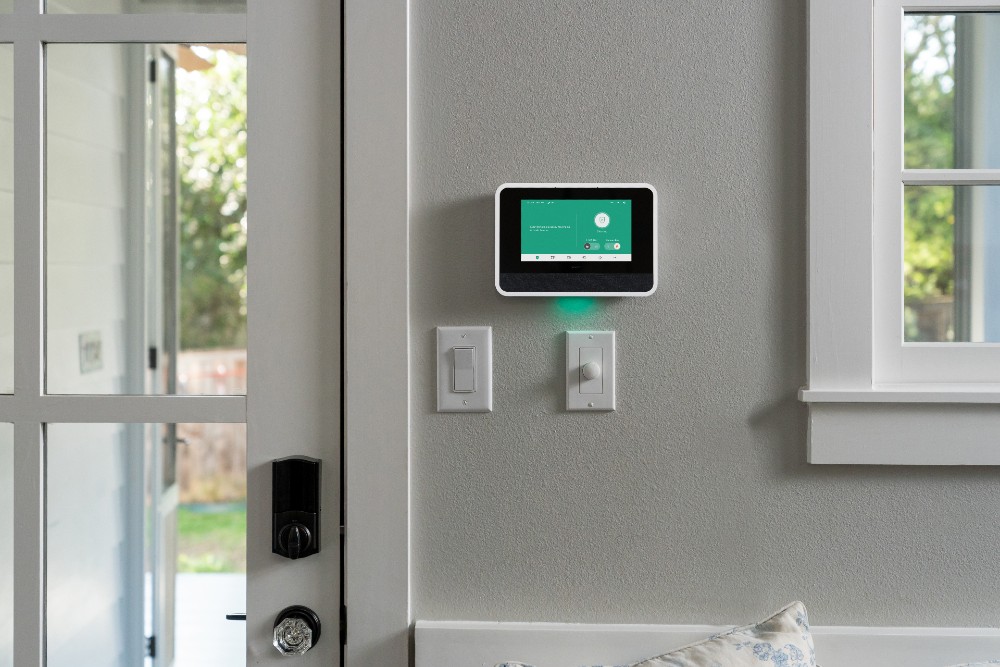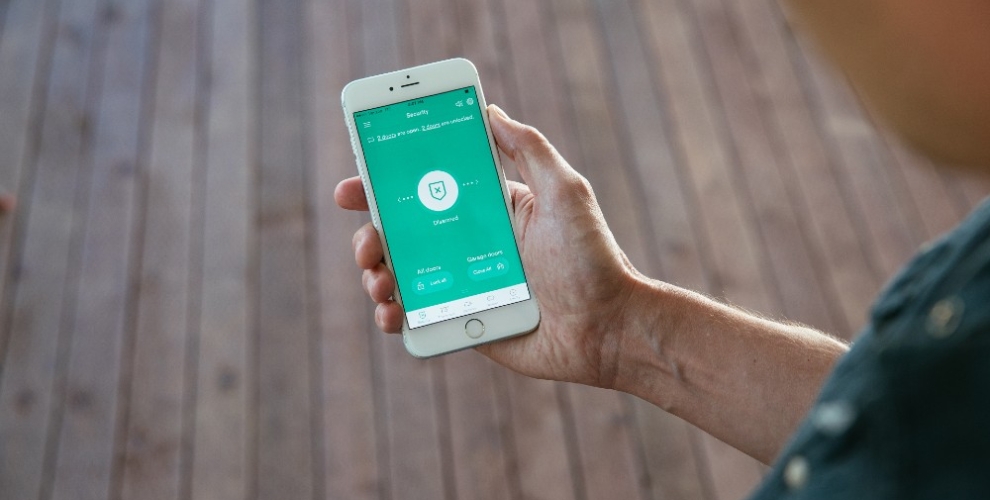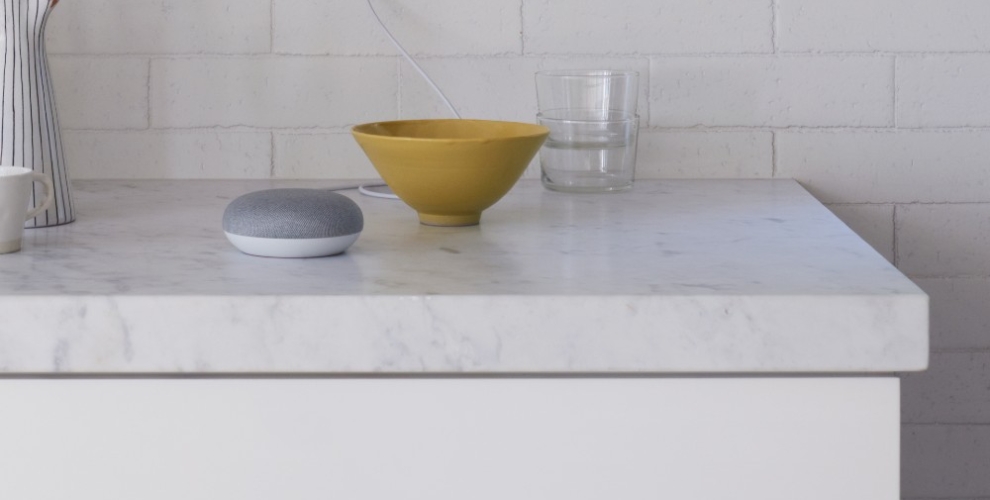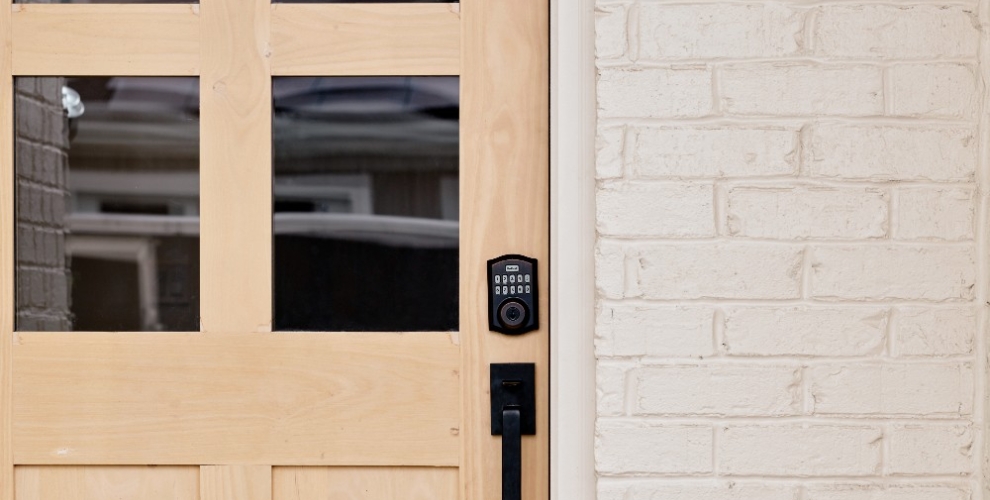Discover the best smart home apps in 2024. From voice assistant integration to advanced IoT control, find the perfect app for a smarter, more efficient home.
Guide to Choosing the Best Smart Home Devices for Your Connected House
Smart home devices can be great tools for increasing your home’s safety, efficiency, and comfort. In some cases, they can even help you reduce your carbon footprint and save on your energy bill.
But how do you find the best smart devices for your home? This guide will introduce you to some of the best smart home devices on the market and explain what you should consider when deciding which smart devices to purchase.

What are smart home devices?
Smart devices are home systems and appliances that you can manage and control remotely using a mobile app on your smartphone. Generally, the smart devices you own can be interconnected through internet of things (IoT) technology so you can control them all from a central panel, like a touch-screen tablet.
You can purchase an assortment of devices to be part of your smart home ecosystem. These include:
- Smart locks
- Smart speakers
- Smart lights
- Smart plugs
- Smart thermostats
With smart devices, you can do things like control the temperature in your bedroom, manage your home’s security, and adjust lighting in your home — all while you’re on the go. Many smart devices also have connectivity integration that allow them to function with voice assistant tools like Google Assistant and Amazon Alexa using Bluetooth or Wi-Fi.
The benefits of a smart home
There are various benefits to turning your home into a smart home. Here are some of the best reasons to consider designing a smart home setup.
- A smart home setup can make your life easier. You can do things like use voice control to play your favorite song or stream your favorite Netflix show without having to lift a finger.
- You can program your smart home gadgets to complete tasks or give you important updates. For instance, you might program your smart refrigerator to let you know when you’re about to run out of certain food items. Or you might program your coffee maker to have a cup of coffee ready every morning when you wake up.
- A smart home setup allows you to keep your home safe even when you’re not there. For example, your home security camera might send you updates when it sees suspicious activity or intruders at your house. Or your video doorbell might send you notifications when visitors are at your front door.
- Smart home products can help you reduce your impact on the environment. For instance, you might program your smart sprinkler system to water your lawn less or not at all after a rainstorm.
- A smart home can save you money without sacrificing comfort. You can reduce your energy bills by doing things like turning off lights remotely and shutting off your HVAC system when you’re at work. Then, you can program your smart thermostat to bring your house to a comfortable temperature right before you get home.
The best smart home devices to consider for your home
If you’re ready to transition to a smart home setup, the first thing you’ll need to do is decide which smart gadgets to get. If you want a seamless smart home experience, you’ll need all your smart appliances to be able to communicate with one another.
If you have a home hub like Apple Homekit or Google Nest Hub, you’ll need to make sure your smart speakers, robot vacuum (think iRobot Roomba), smart home security devices, and other smart tools are compatible with it.
Now, we’ll go over some of the most popular types of smart devices you might consider purchasing to help you get the best home setup possible.
Smart thermostat
A smart thermostat gives you the power to control the temperature in all the areas of your home from anywhere. You can program it to do things like shut off your HVAC system when you’re out and about so you don’t waste energy. Or you can program the device to cool or heat your house at scheduled times during the day.
Your smart thermostat also lets you monitor the temperature in your home on your smartphone. One way this feature can come in handy is if you have pets. Let’s say you’re at work during a sweltering summer day. You’re worried that your home might be too warm for your dog. You could check the temperature and cool it down using your iPhone or Android device.
Some smart thermostats also have important safety features. For example, the Vivint Smart Thermostat has functionality that allows it to work with Vivint Smoke Detectors. Smoke alarms alert the thermostat when they detect a fire. The thermostat then turns off your home’s HVAC system to prevent the spread of flames.
Smart lighting
Smart lighting is for you if you’re the type of person who forgets to turn the lights off when you leave a room or simply hates getting up to turn lights on and off.
Smart lighting lets you control your lights using a smart display, your phone, or even voice commands. For example, you could tell your Echo Dot to shut off the lights in your living room before you watch a movie.
The best smart lights can be programmed to work at specific times of day. This feature can come in handy for security purposes. Programming the lights on the outside of your home to automatically turn on after a specific time can go a long way toward deterring potential intruders.
There are a variety of smart lights from which to choose. For example, multicolored smart bulbs can be great for special occasions like holidays. Some smart lighting systems also have dimming features that can help you set the ambiance in your home.
Smart light bulbs also last a lot longer than regular light bulbs because they generally use less energy than regular bulbs and use light-emitting diode (LED) technology. Vivint smart lighting systems use Philips Hue LED lights that can have life spans around 25 times longer than normal light bulbs.
Smart locks
Have you ever had trouble sleeping at night because you couldn’t remember whether you locked your doors and deadbolts? Smart locks can be programmed to automatically lock at specific times of day or night so you’ll have peace of mind knowing your door locks are secure.
Some smart locks also have features that let you use a code instead of a key to unlock the door. For example, Kwikset Smart Locks, available through Vivint, let you create unique access codes for visitors so you don’t have to leave keys outside where anyone can find them. The system also keeps track of which codes are used so you know who’s coming into your house.
Smart doorbell camera
A video doorbell camera is a security camera that allows you to see who’s at your door no matter where you are. Most doorbell cameras also have two-way talk functionality so you can communicate with visitors.
A doorbell camera will generally send you alerts via mobile app when motion is detected outside your front door. Most cameras use Wi-Fi from a router, but some can send information through a cellular network.
Video doorbells let you do things like tell your delivery person what to do with a package when you’re not home, tell uninvited salespeople that you’re not interested without having to open the door, and protect the area around your home from suspicious activity.
A smart doorbell camera can be battery-powered or run through your doorbell’s existing wiring system. Battery-powered ones are much easier to install as they don’t require any electrical expertise. However, wired doorbell cameras can typically record longer clips. Depending on its field of view, a camera might only show you the area directly in front of your door or the entire area of your front yard.
Some doorbell cameras even have additional security functionality. For example, the Vivint Doorbell Camera Pro has night vision and theft-deterrent technology. Whenever the camera senses a package is being taken, a 65-decibel (dB) alarm sounds and tells the person that they’re on camera.
Smart garage door opener
A smart garage door opener lets you open and close your garage door remotely using your smartphone, a home hub, or your voice. For example, if you’re having a valuable package delivered, you might tell your Google Nest Hub to open your garage door so the delivery driver can place your package inside instead of leaving it out in the open.
You can also benefit from smart garage door openers if you often forget to shut your garage. Thieves are opportunistic, and an open garage is one of the easiest ways for them to get into your home. A smart garage door will send notifications when you forget to close yours.
A Vivint Smart Garage Door Controller can even program your door to automatically close after pulling your car out of the driveway.
Smart security sensors
Motion detection is one of the most important parts of a home security system. There are different types of security sensors that you can use to protect both the inside and outside of your home.
Security cameras have light sensors that can tell when people are moving around your home. You can place sensors on your doors and windows that can tell when someone is trying to open them. Glass break sensors tell you when someone shatters glass to get into your home.
A security sensor can notify you using a mobile app and trigger security functions when it notices suspicious activity on your property. If you subscribe to a home security monitoring service, your outdoor cameras might contact emergency services when their sensors notice someone trying to break into your home.
Smoke and carbon monoxide (CO) detectors also use sensors to keep your home safe. They set off an alarm when they sense a fire or poisonous chemicals in your home. Smart detectors can have additional security functions. For instance, the Vivint Smoke & CO Combo Detector can automatically shut down your air conditioning unit to prevent flames from spreading in case of a fire.

What to consider when choosing smart home devices
Choosing the right smart home devices is about more than just personal preferences. Here are some different home-specific factors that can help you make your decision.
- The type of appliances you use: Different appliances have different safety requirements. For example, homes that use fuel-burning appliances, have fireplaces, or have attached garages need CO detectors.
- Your living arrangements: If you rent an apartment, you might not be able to connect wired appliances like doorbell cameras to your home’s wiring system.
- The size of your home: If you have a larger home, you may need additional devices, like extra security cameras, to monitor all the areas.
- The number of entryways your home has: If your home has several windows and doors, you may want to get additional security sensors to protect them.
- Your existing smart devices: If you want the best smart home experience possible, all your smart devices need to work together. Whenever you buy a new smart tool, check if it’s compatible with all of your other smart equipment. For example, Vivint’s smart home technology works with Google and Amazon smart devices like Amazon Echo Show, Google Home, and the Nest Thermostat.
Discover how to build the ultimate smart home with Vivint
Turning your home into a smart home is a great way to make it more manageable, plush, and secure. When you reach out to Vivint, one of our knowledgeable team members will help you design a custom smart home setup that meets all of your needs. They’ll also go over financing options that can help you find smart automation devices that fit within your budget.
Give us a call at 855.822.1220 today.
Get a free quote today.
A Vivint Smart Home Pro will contact you within 24 hours. Or skip the form and call now: 844.481.8630.


